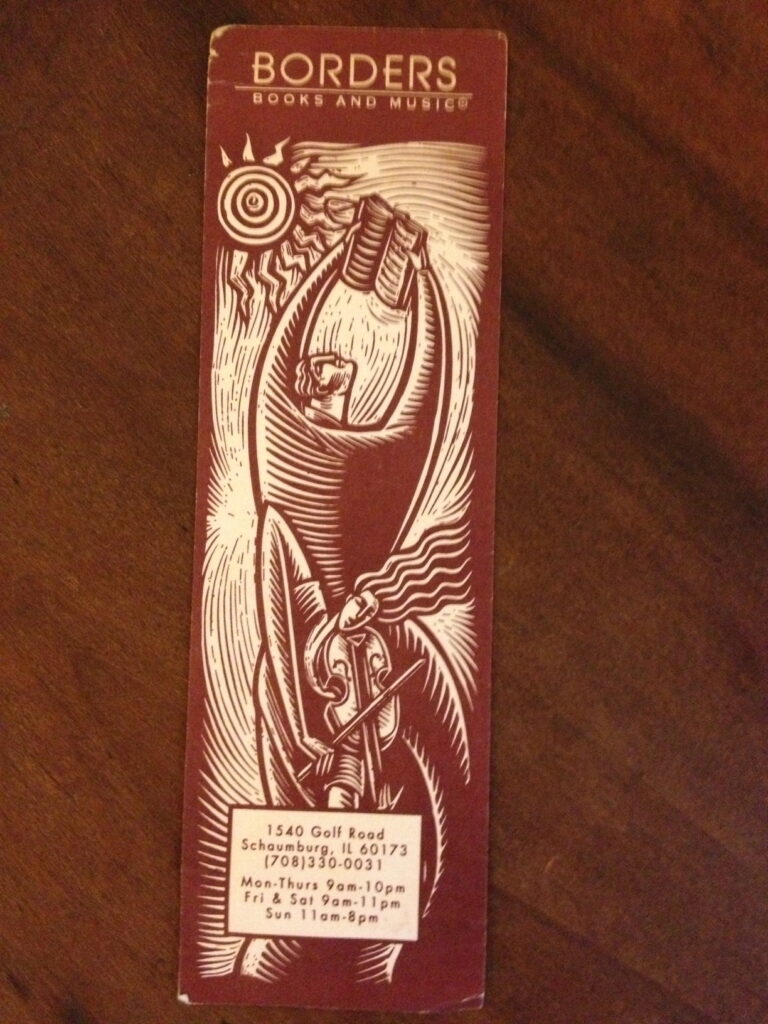Telling the Fairytale: Explaining Hedgebrook to My Four-Year-Old Nephew

Growing up, I never knew it was possible to be a writer. No one in my family ever talked about reading books, never mind writing them. It wasn’t until September of my senior year in high school that I discovered that Barnes and Noble was a bookstore and not a furniture store. The library? That had always been my second home. But a bookstore? Never. Then during my senior year, my mentor, Debbie, took me to Barnes and Noble after we’d eaten lunch at the Olive Garden. She was helping me with my college applications . Nine months later, by the time I graduated high school, I’d already collected my first shelf full of novels, self-help titles, and story collections. They traveled with me to college. Today, I can’t possibly imagine my life without books or visits to bookstores.
My path as a writer has taken several turns in the last fifteen years—some expected (MFA in fiction) and others unexpected (quitting my job and moving to Guatemala…twice). One key discovery along the way: writing residencies. I could not believe that such places existed outside of fairytales. I pinched myself to learn that a writing colony’s primary purpose was to nurture a writer in her artistic process. This could not be true. And yet, it was. The first residency I attended was Hedgebrook, located on Whidbey Island near Seattle. It is one of few residency programs in the world exclusively dedicated to supporting the creative process of women writers. Hedgebrook was founded on Virginia Woolf’s belief that giving a writer “a room of her own” is the greatest vote of confidence in her voice. It was true for me. During my time there, I was able to plow through revisions of my novel and generate new scenes—75 pages worth—far surpassing any goals I’d set out before catching my early-morning flight from Boston.
As magical a place that Hedgebrook was for my work and for my development as a writer, while there I often thought about my family. Specifically, I wanted to bridge the distance between our experiences. How could I explain to my parents or sisters that I’d been transported to Smurfland for women writers? For free? It wasn’t until I returned home to Boston, when my four-year-old nephew Julian asked me “where I was” that I came close to describing the gift upon gift upon gift that defined the Hedgebrook experience for me.
This is how I explained it to him:
I went to a special place. It’s called a writing colony. I lived in a cottage. A cottage is like a house. The house is in the woods, but it’s not scary. I had a bed upstairs. Downstairs I had a small kitchen, a bathroom, a chair and lamp, and a really big desk. There was a wide window and I could the forest through it. So much green. Once, I sat in the seat by the window and I saw a deer. I know. I wondered where it was going, too. I couldn’t take a picture for you. The picture is in my mind. What I did there was write. I am writing a book. You know how you see books in the bookstore or the library? People write books. They’re called authors. An author works really hard to make a book. That is why I went to this place. First, I rode on an airplane. Adam drove me to the airport. No, he didn’t go too. This place is only for women. Was he sad? Yeah. But he is a writer too, so he understands. Sometimes you just have to go to work. Like your mommy, yes. I went high up in the airplane. When the airplane landed, I was in a place called Seattle. It is a city. Yes, like Boston is a city. It rains a lot in Seattle but that day it was sunny. I took a bus. No, not a school bus. It was a white bus. It’s called a shuttle. I took the shuttle to a ferry. A ferry is a big boat that carries people and cars. I watched the birds, and I rode the ferry to the other end of the island. I was hungry. I ate some almonds. You don’t like almonds, I know.
Was I alone on the island? Not all the time. While I was writing in my cottage, there were five other women there. We wrote all day and then we met for dinner at 5:30. It was the best. We carried baskets so we would have somewhere to put our lunches for the next day. See, there was someone in the main kitchen there. She was a chef. She cooked dinner for us AND cleaned our plates afterward. We loved her. Sometimes after dinner we sat at the table and talked. Or we sat on the couches in the living room and read our stories. There was a woodstove. A woodstove is like a fireplace. You have to put wood in it and sometimes newspaper and light it with a match. Only grown-ups can do this.
Sometimes by the time we returned to our cabins it was night. We used flashlights. We heard owls. We tried not to step on the banana slugs. They are like fat, squishy worms. There is no TV in the cabins. Sometimes I read in the chair. Other times I wrote. Or my new friend Cathy and I talked on the porch. I was at this place for a long time. Well, three weeks. I missed you. But every day I worked hard. And I loved it. And now I’m back! Am I done? No, not yet. But I will be one day. I will show you the book when I am done. We will go to the bookstore or maybe the library and you will hold it in your hands.

